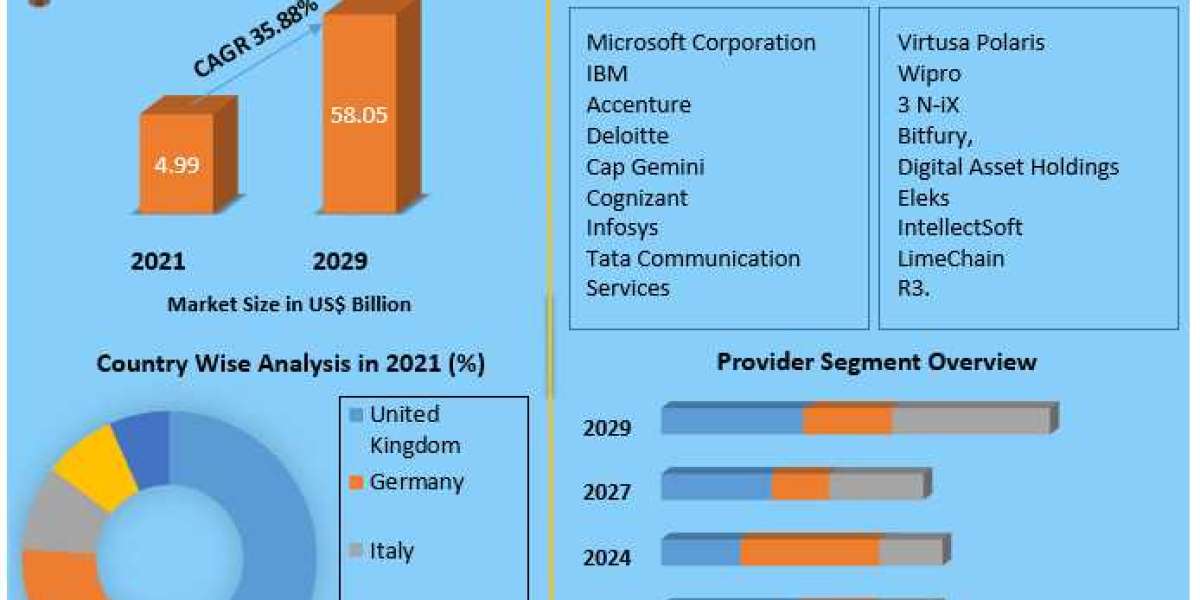Crude Palm Oil (CPO) plays a crucial role in global markets, being one of the most versatile and widely used vegetable oils. It is an essential ingredient in a wide range of products from food items to biofuels and cosmetics. With its importance in both industrial and consumer sectors, understanding the price trends of crude palm oil is critical for businesses, governments, and investors alike.
In this article, we will explore the historical and current trends in CPO prices, the factors influencing these trends, and the future outlook for the crude palm oil market. We’ll also delve into how geopolitical events, environmental concerns, supply chain dynamics, and technological advancements affect this commodity.
1. Historical Overview of Crude Palm Oil Prices
Crude palm oil has a long history of price fluctuations driven by supply-demand dynamics, weather patterns, trade policies, and economic shifts.
2000s to 2010s: In the early 2000s, CPO prices were relatively stable but started to rise in 2007-2008 due to a combination of global economic growth, increasing demand for biofuels, and poor weather conditions affecting crop yields. In 2008, prices spiked sharply, driven by the financial crisis that led to inflationary pressures on commodities, including crude palm oil.
However, after the 2008 peak, CPO prices entered a period of volatility, marked by sharp declines followed by recovery. This was primarily due to economic uncertainties, fluctuating demand from major importers like China and India, and an increase in global palm oil production, particularly in Southeast Asia.
2010s to 2020: In the 2010s, CPO prices continued to fluctuate but generally trended downward due to overproduction, particularly in Malaysia and Indonesia, which together account for more than 85% of global palm oil production. The excess supply, coupled with concerns over the environmental impact of palm oil production, led to declining prices.
By 2020, the market saw a shift, with prices surging again due to reduced production as a result of weather conditions and labor shortages brought on by the COVID-19 pandemic. The pandemic also disrupted global supply chains, causing further volatility in CPO prices.
2. Key Factors Influencing Crude Palm Oil Prices
Several factors play a role in determining the price trends of crude palm oil. Below are the key drivers:
a. Supply and Demand Dynamics
The basic economic principle of supply and demand is a major factor influencing crude palm oil prices. When there is an imbalance between the two, prices are impacted.
Supply: CPO is mainly produced in Malaysia and Indonesia, and any disruption in production—whether due to adverse weather conditions, labor shortages, or government policies—can reduce supply and lead to higher prices. On the other hand, favorable weather and high yields can lead to oversupply and push prices down.
Demand: The demand for palm oil is driven by its widespread use in food, cosmetics, and as a biofuel. Increased consumption in emerging markets like India, China, and Africa contributes to upward pressure on prices. Conversely, reduced demand due to economic slowdowns or shifts in consumer preferences can lead to lower prices.
b. Weather Conditions
Weather plays a significant role in palm oil production. CPO is highly sensitive to climate changes, particularly in tropical regions where the crop is grown.
El Niño and La Niña: Weather patterns like El Niño and La Niña directly affect the yield of palm oil. El Niño typically brings dry conditions to Southeast Asia, reducing crop yields and leading to supply shortages, which in turn drive up prices. Conversely, La Niña can bring wetter conditions, potentially leading to better harvests and lower prices.
Climate Change: Long-term climate change is another concern. Increasingly erratic weather patterns could lead to more frequent disruptions in palm oil production, causing prices to fluctuate more unpredictably.
c. Government Policies and Trade Relations
Government policies, particularly in major producing and consuming countries, have a significant impact on crude palm oil prices.
Export Restrictions: Export duties and restrictions imposed by Malaysia and Indonesia can limit the supply of palm oil in global markets, driving up prices. For example, Indonesia has historically implemented export levies to ensure domestic availability of palm oil, which can lead to global price increases.
Import Tariffs: On the other hand, importing countries like India, one of the largest consumers of CPO, often implement tariffs to protect local industries. Changes in these tariffs directly impact demand and the price of imported palm oil.
Sustainability Regulations: Environmental concerns regarding deforestation and the impact of palm oil plantations on biodiversity have led to regulations in many parts of the world, especially in Europe. The EU’s decision to phase out palm oil-based biofuels by 2030 is expected to reduce demand, putting downward pressure on prices.
d. Currency Fluctuations
As palm oil is traded globally, fluctuations in exchange rates—particularly the Indonesian rupiah and the Malaysian ringgit against the US dollar—can significantly affect prices.
Depreciation of Local Currencies: When the local currencies of producing countries (Indonesia and Malaysia) weaken against the US dollar, it becomes cheaper for foreign buyers to purchase palm oil, potentially driving up demand and prices in the short term.
Global Currency Trends: Conversely, a strengthening US dollar may dampen demand as palm oil becomes more expensive in local currencies, leading to lower prices globally.
e. Crude Oil Prices
Crude palm oil is increasingly used as a feedstock for biodiesel production, linking its price to global crude oil prices. When crude oil prices rise, biodiesel becomes more competitive, increasing demand for palm oil and pushing prices upward. Conversely, when crude oil prices fall, the demand for palm oil as a biofuel feedstock decreases, leading to lower prices.
f. Market Speculation
Like many other commodities, CPO prices are influenced by market speculation. Traders and investors in commodity markets often react to rumors, economic reports, and forecasts, which can lead to price fluctuations even when actual supply-demand conditions remain unchanged.
3. Recent Trends in Crude Palm Oil Prices (2020-2024)
The crude palm oil market has experienced significant volatility over the past few years, largely driven by external factors such as the COVID-19 pandemic, geopolitical tensions, and evolving government policies.
a. 2020-2021: Pandemic-Driven Price Surge
In early 2020, as the pandemic spread globally, the production of palm oil was severely disrupted. Labor shortages, logistical challenges, and restrictions on movement in major producing countries like Indonesia and Malaysia led to a sharp drop in supply. Meanwhile, demand for food products containing palm oil remained strong, leading to a significant price surge.
By late 2020 and into 2021, CPO prices reached multi-year highs. The rise in global commodity prices, combined with the recovery in crude oil prices, further contributed to the upward trend in palm oil prices.
b. 2022: Correction and Stability
In 2022, the market began to stabilize as production gradually recovered. Favorable weather conditions improved yields, and supply chains adjusted to the new normal. However, geopolitical tensions—such as the conflict between Russia and Ukraine—caused disruptions in global commodity markets, creating uncertainty around palm oil prices.
While the prices softened compared to the 2020-2021 surge, they remained relatively high due to continued demand from major consuming nations and the ongoing use of palm oil in biofuel production.
c. 2023-2024: Environmental Regulations and Green Transition
As we move into 2023-2024, crude palm oil prices are expected to face downward pressure due to regulatory shifts. The EU’s gradual phase-out of palm oil-based biofuels is likely to reduce demand from one of the world’s largest markets. In addition, growing awareness of the environmental impact of palm oil production has led many companies to seek sustainable alternatives.
However, palm oil’s versatility, low production cost, and high yield compared to other vegetable oils will ensure that it remains a vital commodity. Any future price trends will likely depend on the balance between environmental concerns and the continued demand for affordable oils, particularly in Asia and Africa.
4. Future Outlook for Crude Palm Oil Prices
Looking ahead, several trends are likely to shape the future of CPO prices.
Sustainability Initiatives: Increasing global attention on sustainable practices will likely lead to higher production costs as companies adopt environmentally friendly methods. While this could reduce supply and lead to higher prices in the short term, long-term market adjustments may bring stability.
Technological Advancements: Technological innovations, such as improved agricultural practices and the use of artificial intelligence in crop management, could help increase yields and reduce production costs. This would likely mitigate price volatility in the long term.
Emerging Markets: The growing middle class in emerging markets, particularly in Africa and Asia, will continue to drive demand for palm oil in food and personal care products. This could offset declines in demand from Western markets due to environmental regulations.
Energy Transition: As the world shifts towards renewable energy, the demand for palm oil in biofuels may decline, especially if alternative energy sources become more cost-effective. However, if crude oil prices rise, the demand for palm oil in biodiesel production may remain strong, supporting higher prices.
Contact Us:
Company Name: Procurement Resource
Contact Person: Leo Frank
Email: sales@procurementresource.com
Toll-Free Number: USA Canada — Phone no: +1 307 363 1045 | UK — Phone no: +44 7537 132103 | Asia-Pacific (APAC) — Phone no: +91 1203185500
Address: 30 North Gould Street, Sheridan, WY 82801, USA

